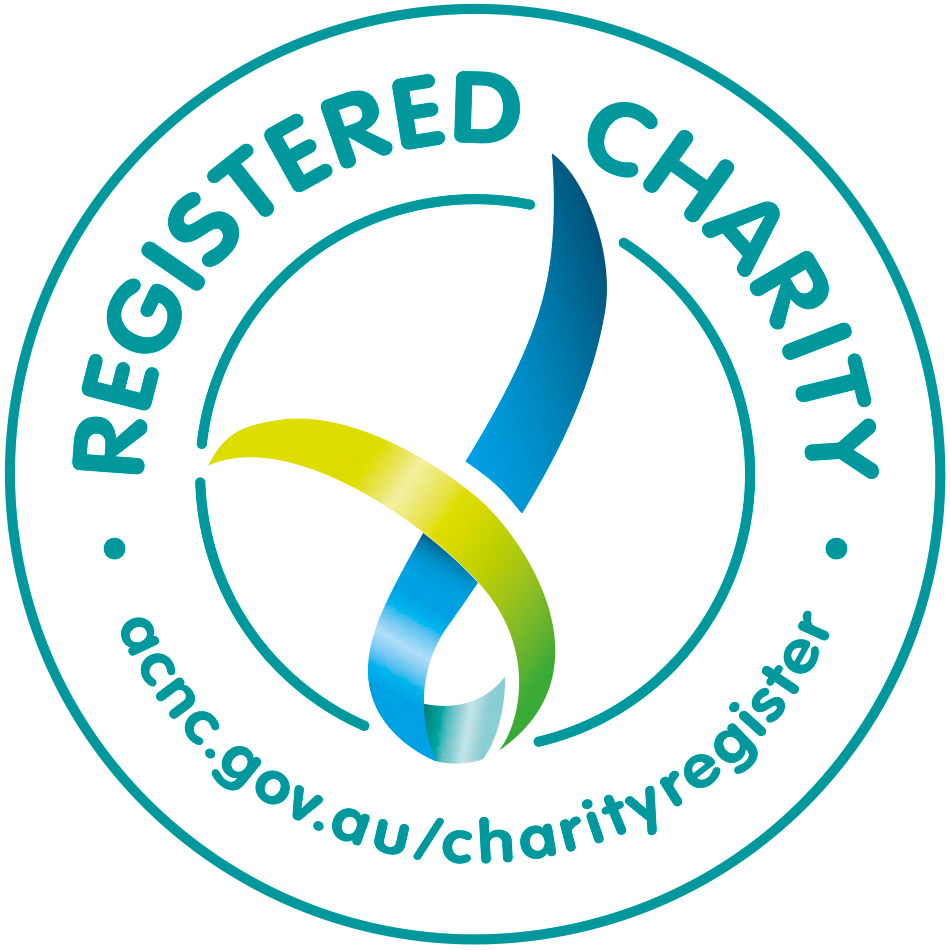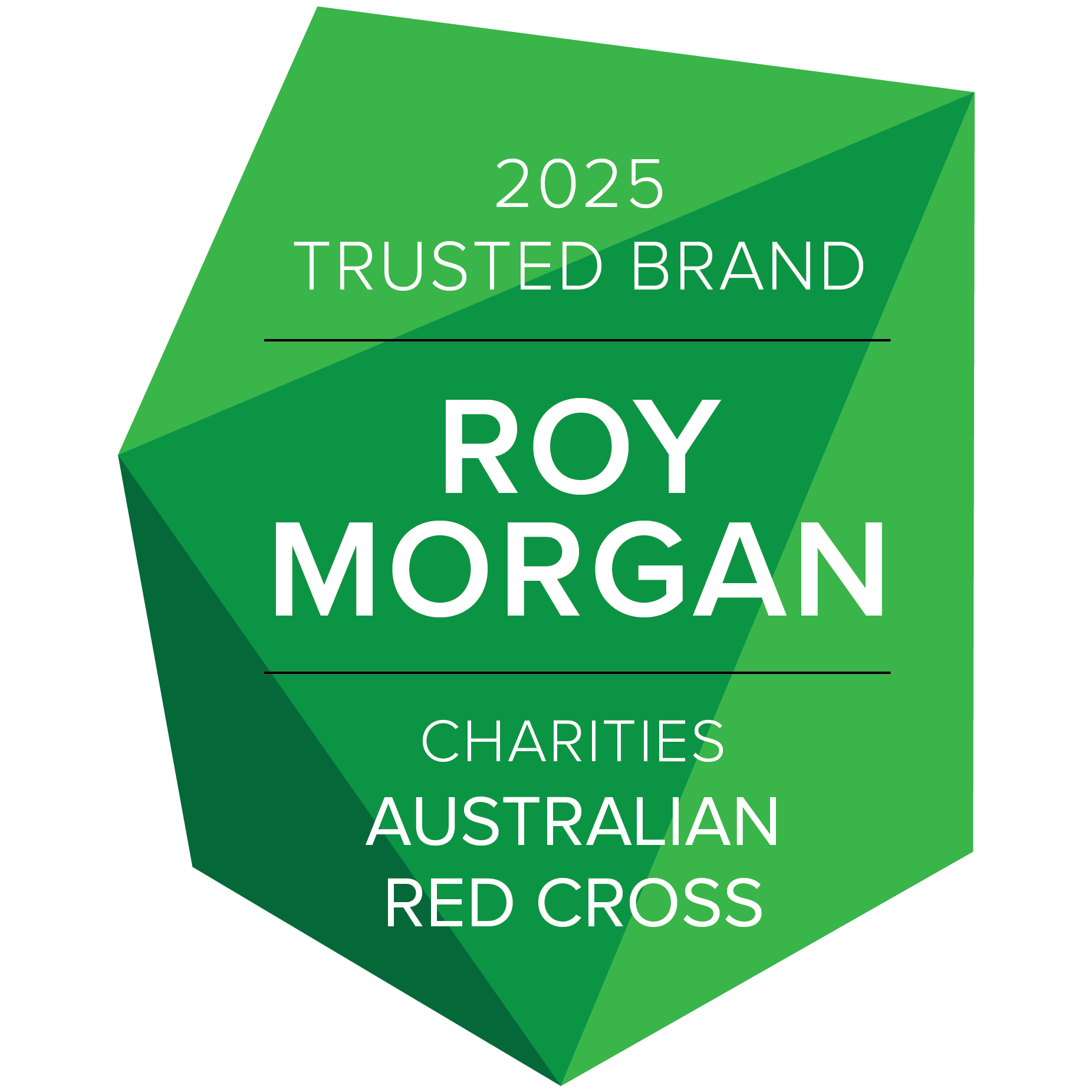

Emergencies by their very nature are disruptive and can be very stressful. A major dilemma many households face with wind and water damage, is how and where to begin the clean up. This page contains some useful tips and practical information to help households start the clean up-both inside and outside.
The aftermath of a natural hazard can be devastating. Prepare yourself mentally for the possibility of seeing and hearing things that are distressing, and consider leaving pets and children with family or friends in a safe area until you can assess when it is safe and less distressing for them to return.
The recovery from an emergency can be a long and sometimes tiring process and it's important to make sure you look after yourself. Return to personal and family routines as soon as possible. Maintain a healthy diet, do regular exercise and watch your intake of alcohol, caffeine and other stimulants. Get plenty of sleep and rest.
When they feel comfortable, encourage family members to talk about what has happened. If you or members of your family are finding it difficult to cope, talk to your doctor or health practitioner. For further advice on looking after yourself, see our booklet Coping with a major personal crisis.
Water
Don't drink any water from taps or tanks until your council or health or water authority advises you that it is safe to do so.
Before returning home after an emergency, stock up on basic items such as non-perishable food (canned or in jars), bottled water, medications, a torch and batteries.
Fill up your fuel tank and withdraw cash (ATMs in your area may not be working or banks may be closed). Be prepared for a slow journey; road conditions may have changed and there may be detours in place.
Keep listening to your radio for up-to-date information about the emergency and any new potential risks.
Wait for the 'all clear' from emergency services agencies before going into an affected area, and ask the authorities if you can salvage items from your house.
If you can, check on your neighbours to see if they are OK and need any help. Let them know if you need some help. Once phone lines are restored, let family and friends know that you are OK and can be contacted.
Avoid wading or driving through flooded roads or waterways and watch out for broken glass, tin, nails and other sharp objects that can cause injury.
Because of potential safety/hygiene issues it is important to:
Flood waters can be dangerous and may be contaminated, so always wear protective equipment for all tasks:
Entering buildings
Warning: If the house is badly damaged and looks unsafe, e.g. roof damage, cracks in walls etc., stay out until a building inspector or engineer has checked it. Take care at all times, as damage can be hidden. If in doubt,do not enter.
Repairing the damage
Depending on the level of damage, you will want to return to normal routines as soon as possible. There are some important things to do first.
Record the damage
Take pictures of the damage, inform your insurer and request an insurance assessment of the damage.
Secure your property
If your house is uninhabitable, arrange to have it secured. Advise your power, phone, water and gas companies and your bank, and arrange with Australia Post to have your mail diverted or held.
Using tradespeople
Minor damage such as broken windows or roof damage can be easily repaired. Contact a glazier for window repairs and a licensed plumber for roofing repairs.
Always get three written quotes where possible for insurance purposes.
Before engaging anyone, always contact your insurer to find out what you need to do to request an assessment.
Only use tradespeople who are licensed or registered and members of their professional associations. They have to maintain a level of standards to keep their licence or registration and agree to adhere to a code of conduct.
If you have any concerns about the conduct of tradespeople, contact the consumer affairs department in your state/territory for advice.
Drying out may take weeks and complete restoration months, but there are many things you can do straight away.
To avoid trapping moisture inside the home, everything that is wet and able to be moved should be taken outside to dry (weather permitting). Remove all drywall and insulation that has been in contact with water.
Drain away water lying under the house. You may need to dig a pit and pump out the water that collects. Where there is no access, cut a trapdoor in the floor. Getting rid of excess water under wood or particleboard floors is especially important to avoid decay.
If you do not feel confident doing this, seek the advice of a licensed tradesperson.
To increase the airflow under the house and assist drying:
Forced ventilation such as air conditioners or industrial fans can be used in areas where there is not a sufficient air flow.
Cleaning your home
It is important to thoroughly wash and disinfect every part of your home that has been flooded to avoid contamination.
Clean-up supplies
Put together a clean-up kit containing useful items such as a broom, mop, bucket and cleaning supplies. In most cases, household cleaning products will do the job.
Suitable cleaning products
Do not mix bleach with other household chemical products, especially ammonia or toilet bowl cleaner; the chemical reaction can create a poisonous gas. If you smell a strong odour or your eyes water from fumes or mixed chemicals, open a window and leave immediately. Do not use bleach on aluminium or linoleum.
Cleaning tips
A two-bucket approach is most efficient:
Cleaning internal walls
Windows
Before buying or using cleaning products, seek advice from your council's environmental health officer or your doctor if you have family members with respiratory illnesses such as asthma.
Furniture
Appliances
Make sure the sewer line is working or the septic tank has been pumped out before starting a dishwasher or washing machine.
Kitchen items
Throw out all food, beverages and medicine exposed to water and mud, including canned goods and containers with food or liquid that have been sealed shut. When in doubt, throw it out.
If water is safe to drink and the sewer line or septic tank works, run the washing machine through one full cycle using hot water and a disinfectant or sanitiser before you wash.
Paper and books
Generally you should use a professional restorer for valuable papers such as books, photographs and stamp collections, however, with effort, you can restore them yourself.
Rinse and freeze items (in a frost-free freezer or commercial meat locker) until you have time to work on them or place them in a zip-lock plastic bag with moth crystals.
Be careful not to let the baking soda touch the books, and check the box daily for mould.
Photographs
Seek advice from professional restorers for old and valuable photographs.
Disks and tapes
Rinse CD's, DVD's or tapes in clear water and place in a plastic bag in the refrigerator. Later, you can take them to a professional drying centre and have the data transferred to a new disk or tape.
Always use protective equipment, dress appropriately for the cold or heat and wear sunscreen and insect repellent where necessary.
The yard
As you take things from your home, stack them neatly until your insurance assessor has told you how to make sure their loss is covered.
If other people's items have been blown into your yard and you know the owner, let them know as they may need to photograph or move items for insurance.
The shed
The barbecue
Have a licensed plumber check the gas fittings before use. Clean and disinfect the plate and wash and rinse thoroughly.
The lawn
Lawns usually survive being underwater for up to four days. Hose any salt water off the lawn and shrubs. You may have to replace the lawn if mud is thicker than one inch deep, or if there is erosion, or chemicals were in the floodwaters.
Check with your local nursery or garden store for advice on plant care and replanting.
Brickwork and concrete blocks can be cleaned with water, detergent and a stiff nylon or bristle brush. Do not use acid as it may cause staining. A white salt growth (efflorescence) is likely to appear on bricks or concrete blocks during drying out, but should stop when the wall is fully dried. Remove with a bristle broom.
Repainting and other repairs to cracked brickwork or concrete masonry are best left until the foundation soil has dried out and foundation movements have ceased. Some cracks may close up as the foundation soil dries out.
Minor cracks are generally not considered serious in brick veneer structures as there is usually a large margin of structural safety; however you should always seek the advice of a structural engineer if you have any concerns.
Timber weatherboards should be cleaned with water, detergent and a cloth or soft bristle brush. Make sure you rinse off all detergent.
If the flood level was higher than the floor, water can be trapped in the external wall cavity and will need to be drained. This is best done by a licensed tradesperson as it requires wedging out the bottom two or three weatherboards, or removing a bottom row brick or veneer block every metre. In both cases this should be done around the entire house. Hose out any mud or silt in the cavity and let it dry out.
It may take some time before you are ready to rebuild. An architect or building practitioner will be able to advise you of the process and assist you with the many stages of rebuilding. Check if permits are required from your local council before you rebuild. Your home will need to comply with building codes within your area.
For more advice on rebuilding go to www.yourhome.gov.au
Having experienced an emergency it is important to be prepared for any potential threats that may occur in the future.
For further advice on preparing your household contact Red Cross or your local SES.
One of the most important actions you can take is to prepare your household for emergencies and start to build your own personal support network.
Red Cross pays our respects to the Aboriginal and Torres Strait Islander custodians of the country where we work, and to Elders, past, present and emerging.
Learn about our Reconciliation Action Plan and how we can all make reconciliation real.
This website may contain the images, voices or names of people who have passed away.


© Australian Red Cross 2025. ABN 50 169 561 394
